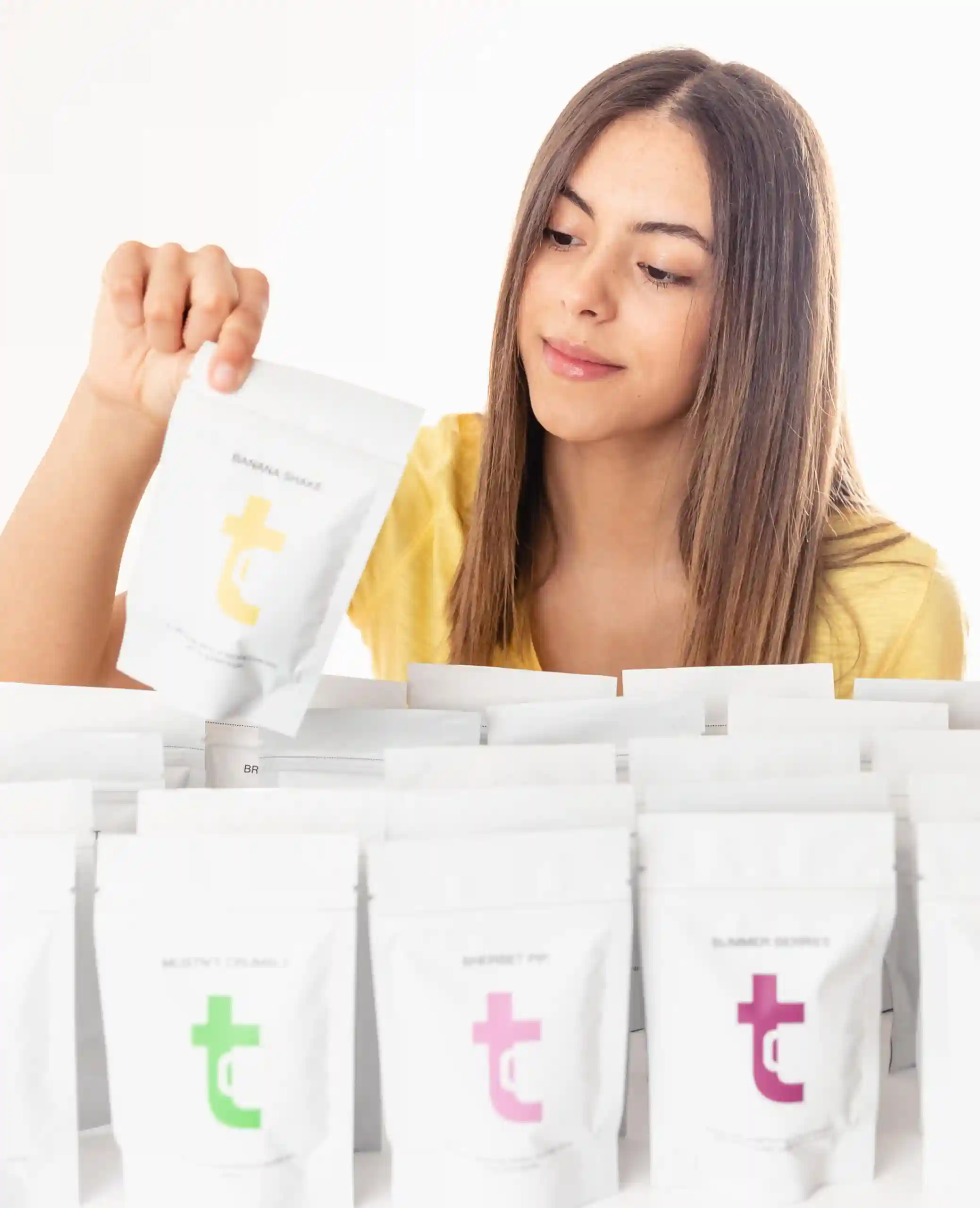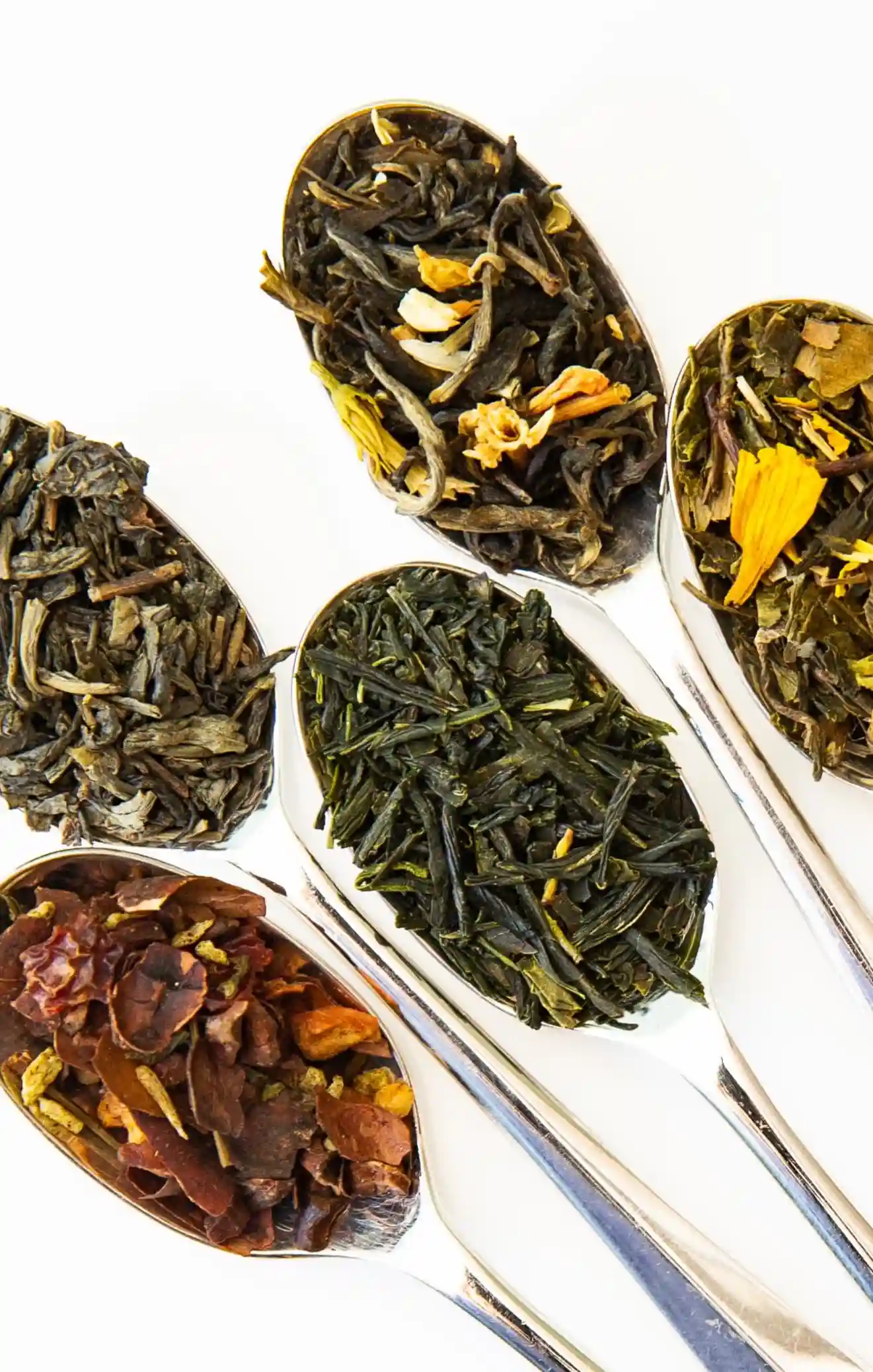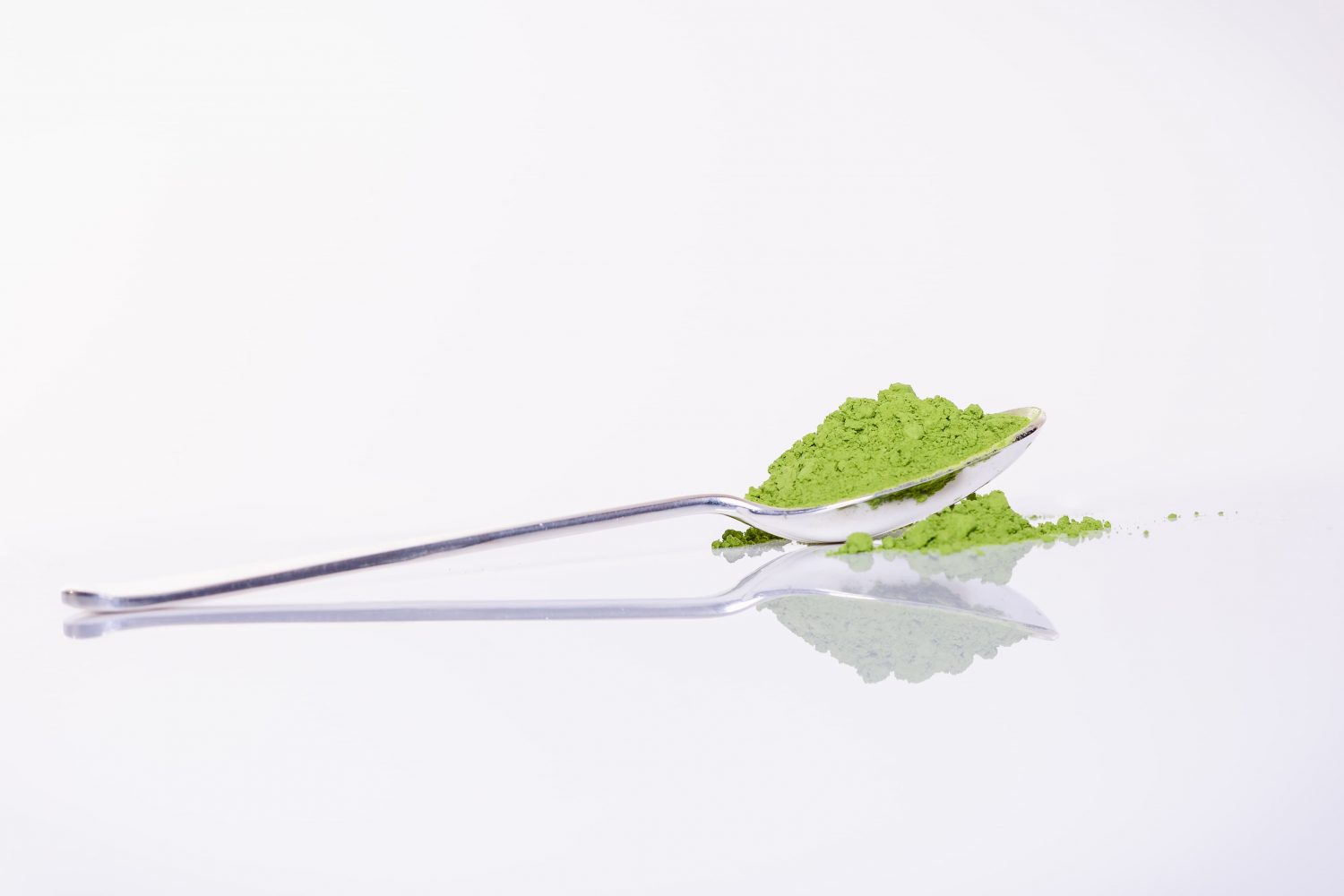Matcha Green Tea has become hugely popular in recent times. Its prevalence might seem to have sprung from nowhere, but Matcha is a type of Green Tea that has its roots spanning back nearly 1000 years. You’ve probably seen Matcha lattes, Matcha smoothies and Matcha desserts of all kinds popping up in cafes everywhere as well as images of Matcha on your social media feed. So, what is the big deal about Matcha? What does Matcha do for you? Is it really the superfood it is reputed to be?
While we have enjoyed drinking matcha at Twist for some time now, we thought it was time that we explored some of your most pressing Matcha questions:
- What is Matcha?
- What does Matcha do for you?
- What is the best Matcha?
- How do you prepare Matcha tea?
- Matcha recipes
What is matcha?
Matcha, otherwise known as Matcha Green Tea, or Matcha powder, is the finely ground powder of the Japanese Tencha Green Tea leaf. Farmers grow matcha by covering their Tea plants for approximately twenty to thirty days before harvest to avoid direct sunlight. This increases chlorophyll production, boosts the amino acid content, and gives the plant a darker green hue. Once the Tea leaves are harvested, the stems and veins are removed, and the leaves are dried before being ground into a fine powder known as Matcha.
Matcha is historically tied to the Japanese tea ceremony and zen practices including meditation. It is thought that tea was first introduced from China to Japan in early in the 9th century. But it was not until a Buddhist monk named Esai brought Chinese methods of meditation and of preparing tea to Japan in 1187 that the tea ceremony took root. Having studied with Chinese Buddhists, Eisai had learned that tea was used to promote health and to stay alert during meditation.
How is Matcha different from Green Tea?
Matcha comes from the Camellia sinensis plant, as does Green Tea. Therefore, Green Tea and Matcha share many nutritional qualities. However, this is where the similarities end. The distinctive way in which Matcha Green Tea is cultivated and then processed results in Matcha having a unique chemical composition. The period of shade-growth increases the plant’s levels of chlorophyll and antioxidant substances, resulting in nutrient-dense leaves. One serving of matcha provides approximately 10 times the nutrients that a serving of Green Tea does.
The difference in preparation of Green Tea versus Matcha also sets these brews apart. With Green Tea you remove the leaves after they have infused in hot water, before you drink it. With Matcha you ingest the entire leaf, meaning none of the health benefits of the Green Tea are lost. Matcha, therefore, packs in a more concentrated number of antioxidants and beneficial plant compounds.
What does Matcha taste like?
You might have heard the word umami being bandied about when people describe the taste of Matcha. Umami simply means a ‘pleasant savoury taste’. A good quality Matcha, such as our Pure Matcha, has a slightly sweet, yet earthy/umami flavour. Because we use premium matcha powder there should be no bitterness, and therefore no need to add sugar. But if you prefer your matcha with milk this will sweeten it slightly. Pure Matcha has a vibrant green colour and will provide you with an energy boost minus the jitteriness of coffee.
Why does some Matcha taste so bad?
There are different grades of Matcha. Some less premium tea brands may offer culinary grade Matcha, rather than premium or ceremonial grade, meaning there will be a bitterness present in your brew. This is because older, tougher tea leaves are selected for culinary grade Matcha, whereas younger, sweeter tea leaves are used to make ceremonial and premium grade Matcha. As the name suggests culinary grade Matcha is best for cooking with, while premium and ceremonial grade Matcha are best for drinking.
In addition, the temperature and quality of the water used can affect the flavour of your Matcha. If you pour boiling water directly onto your Matcha powder you can burn it. Instead, use slightly cooled water (approximately 80 degrees Celsius). Filtered water, such as with a Brita filter as used by the UK Tea Association, will give the best result, but plain tap water is fine too.
If you have chosen a top grade Matcha and prepared it using the correct temperature of water and it still doesn’t taste right, you need to check your storage. Once you have opened your Matcha tin we recommend that you store it in the fridge so as not to lose flavour and colour. Twists’ Matcha Tea Sticks solve this problem, offering you an easy single serve per sachet, thereby limiting waste.
What does Matcha do for you?
Make no bones about it, Matcha is a nutrient-dense superfood. Full of health-promoting antioxidant and anti-inflammatory properties, we don’t call Matcha a wonder brew for nothing!
Health benefits of Matcha
Because of the unique way in which Japanese Tencha tea (the tea used for Matcha production) is grown, Matcha is generally high in antioxidants, which help stabilise harmful free radicals and prevent or slow damage to cells. Vitamin C is a powerful antioxidant and studies have shown that Matcha contains double the amount of Vitamin C than that of other Green Teas.
Another group of antioxidants found in Matcha, catechins, also provide several health benefits. Of these catechins, epigallocatechin gallate (EGCG), is highest in quantity. It seems that EGCG can help reduce inflammation, particularly after heart surgery. EGCG has also been shown to have an ‘anti-cancer effect’ on particular cancer types by slowing tumour growth.
Studies have shown that Green Tea in general can promote heart health development as it can reduce LDL (bad) cholesterol, allowing easier transport of blood flow.
Growing Tencha tea in the shade also leads to increased levels of chlorophyll in Matcha, which can reduce inflammation within the body. This can help ease aches and pains, and problems such as acne and swelling. Chlorophyll is also responsible for Matcha’s bright green colour. To ensure that your Matcha contains the highest amount of chlorophyll possible, always choose the greenest Matcha.
Matcha can help improve brain function due to the high levels of L-theanine present in the leaves. L-theanine and caffeine work together to reduce stress and improve concentration. As experienced by Japanese Buddhist monks several centuries ago, Matcha can provide a clear, alert mind with better focus for getting on with the task at hand. The higher levels of l-theanine appear to be another effect of shade-growing and are the reason premium Matcha does not taste bitter.
Green Tea has been shown to enhance weight loss as it has the potential to increase fat burn during exercise. As there are approximately 2 calories per 1 gram of matcha powder and zero sugar content, we can’t think of any reason not to include Matcha as part of a well-balanced diet.
The antibacterial properties present in green tea can help to protect the health of your teeth and gums, as well as preventing skin blemishes. Some people swear by exfoliating regularly with Matcha masks, but we prefer to drink our Matcha!
In recent times the anti-viral properties of Green Tea have become of great interest, particularly with regards to COVID-19. It goes without saying that Green Tea alone is not a cure for Coronavirus, but with its high levels of Vitamin C and other essential nutrients, Green Tea has the potential to greatly boost our immune systems at a time at which we all need it.
While the health benefits of Green Tea have been researched at length, there is scope for further study of Matcha so that we can better understand the benefits offered by this superfood.
Are there any side effects of Matcha?
You might ask, is it safe to drink Matcha every day? The period of growth in the shade increases the production of caffeine by the Camellia sinensis plant. Therefore, Matcha has a higher concentration of caffeine than Green Tea. Possible side effects of caffeine include headaches, insomnia, heart palpitations and an upset stomach. If you think you may be sensitive to caffeine, or if you are pregnant, we recommend that you consult your healthcare professional prior to consuming Matcha.
Caffeine content of Matcha
This is how the average caffeine content of Matcha stacks up against Green Tea and coffee:
Average cup of Green Tea | 33mg |
1 teaspoon Matcha powder | 70mg |
1 shot of espresso coffee | 63mg |
As shown in the table Matcha and coffee can contain similar levels of caffeine (depending on how they are made of course). However, the caffeine in Matcha affects the drinker differently from the way that the caffeine in coffee does. There is a synergy between caffeine and L-theanine (an amino acid present in matcha) which allows for a slow-release of energy. This contrasts with the quick boost of energy followed by a sharp drop in energy often experienced following a strong coffee.
What is the best Matcha?
When it comes to selecting a good quality Matcha, the proof is in the colour. The best Matcha will be bright green in colour and very fine in texture. If the Matcha powder looks dull, it is likely to be of a lesser quality and to taste bitter.
At Twist we are passionate about creating top quality premium Teas that offer something different than our competitors. Every Twist Tea blend is created from the finest, ethically sourced ingredients. Our plastic free Matcha sachets contain Matcha that is hand blended in the UK and hand packed in plastic free packaging. Clearly, we believe our Matcha is the best available, but which Matcha blend is the right one for you?
There are 7 Twist Teas’ Matcha blends to choose from and each offers its own distinct flavour and health benefits.
Pure Matcha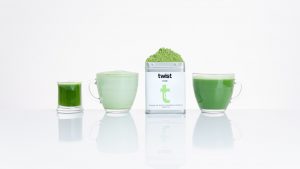
Pure Matcha is 100% unadulterated premium powdered Japanese Tencha Green Tea. It is a great introduction to matcha as it allows the drinker to enjoy the flavour of Matcha in its traditional form. As it is a premium grade Matcha, Pure Matcha is not bitter and has, in fact, an almost sweet flavour. Perfect for drinking with or without milk, added to smoothies, or included in many recipes, Pure Matcha is as versatile as it is delicious.
Beetroot Acai Matcha 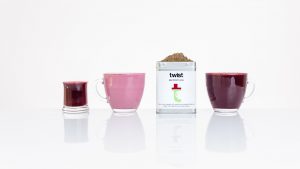 To create this matcha blend, beetroot and acai berries have been added to premium Japanese Matcha powder for additional sweetness. Beetroot Acai Matcha, with its pretty pink hue, will not only satisfy your sweet tooth, but it will also provide you with the health benefits of both beetroot and matcha. We think Beetroot Acai Matcha is divine when prepared as a latte or, for something totally different, as a base for a salad dressing.
To create this matcha blend, beetroot and acai berries have been added to premium Japanese Matcha powder for additional sweetness. Beetroot Acai Matcha, with its pretty pink hue, will not only satisfy your sweet tooth, but it will also provide you with the health benefits of both beetroot and matcha. We think Beetroot Acai Matcha is divine when prepared as a latte or, for something totally different, as a base for a salad dressing.
Cocoa Matcha 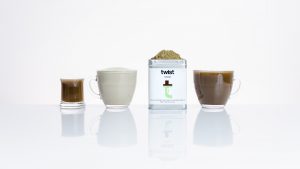 If you like your matcha with a hint of chocolatey sweetness, look no further than our Cocoa Matcha. Pure Matcha, raw cocoa and cocoa powder are combined to produce this delicious blend, and to keep things healthy we have omitted all the sugars you find in chocolate bars. While Cocoa Matcha doesn’t taste like a hot chocolate it will satisfy your sweet tooth and can provide the many benefits of cocoa.
If you like your matcha with a hint of chocolatey sweetness, look no further than our Cocoa Matcha. Pure Matcha, raw cocoa and cocoa powder are combined to produce this delicious blend, and to keep things healthy we have omitted all the sugars you find in chocolate bars. While Cocoa Matcha doesn’t taste like a hot chocolate it will satisfy your sweet tooth and can provide the many benefits of cocoa.
Peppermint Matcha 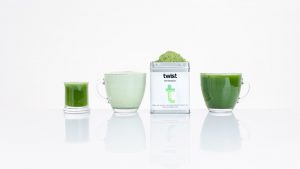 For the perfect post-lunch matcha blend, try our Peppermint Matcha. This emerald green mix of premium matcha, peppermint and maca will help to revive and invigorate you, as well as to freshen your breath. Find out more about the health benefits of peppermint here. Peppermint Matcha is amazing when prepared cold with a generous amount of ice and a sprig of fresh mint.
For the perfect post-lunch matcha blend, try our Peppermint Matcha. This emerald green mix of premium matcha, peppermint and maca will help to revive and invigorate you, as well as to freshen your breath. Find out more about the health benefits of peppermint here. Peppermint Matcha is amazing when prepared cold with a generous amount of ice and a sprig of fresh mint.
Turmeric Cocoa Matcha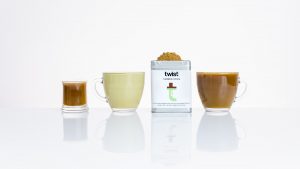 Focus and energise with our Turmeric Cocoa Matcha, a blend of raw cocoa, turmeric, ginger and our premium matcha powder. Peppery with hints of chocolate, this blend strikes a balance between sweetness and spice and lends itself perfectly to our chocolate chia pudding and homemade granola recipes. Discover the many benefits to including turmeric and cocoa in your diet.
Focus and energise with our Turmeric Cocoa Matcha, a blend of raw cocoa, turmeric, ginger and our premium matcha powder. Peppery with hints of chocolate, this blend strikes a balance between sweetness and spice and lends itself perfectly to our chocolate chia pudding and homemade granola recipes. Discover the many benefits to including turmeric and cocoa in your diet.
Turmeric Matcha 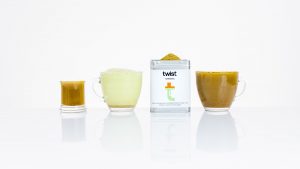 Here is a blend for those who like their Matcha spicy. Turmeric Matcha is a fiery mix of turmeric, liquorice, cinnamon, ginger and premium Matcha powder. This punchy combo will offer you a double dose of antioxidants, which will bolster your immune system and may help to ward off chronic illness. Perfect for making a golden turmeric latte, Turmeric Matcha also works well in savoury dishes such as soup. Discover the many health benefits to be had by including turmeric in your diet.
Here is a blend for those who like their Matcha spicy. Turmeric Matcha is a fiery mix of turmeric, liquorice, cinnamon, ginger and premium Matcha powder. This punchy combo will offer you a double dose of antioxidants, which will bolster your immune system and may help to ward off chronic illness. Perfect for making a golden turmeric latte, Turmeric Matcha also works well in savoury dishes such as soup. Discover the many health benefits to be had by including turmeric in your diet.
Raspberry Matcha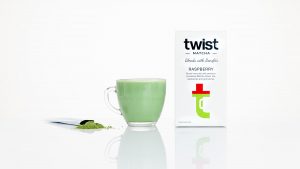 Ta dah! Introducing our newest Macha blend, Raspberry Matcha. A fabulous pairing of earthy premium matcha powder with tart raspberries and goji berries, this blend is delicious as a latte, on ice, or added to a smoothie. Raspberries are high in fibre, great for promoting eye health and are a source of antioxidants.
Ta dah! Introducing our newest Macha blend, Raspberry Matcha. A fabulous pairing of earthy premium matcha powder with tart raspberries and goji berries, this blend is delicious as a latte, on ice, or added to a smoothie. Raspberries are high in fibre, great for promoting eye health and are a source of antioxidants.
If you think there are too many to choose from, why not try our Matcha Tasting Menu. These offer a great opportunity to try all matcha blends and they make fabulous gifts for lovers of premium matcha.
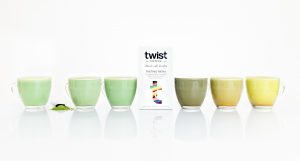
How to prepare Matcha
Hot
Preparing matcha is not as difficult as you think. As with any tea we believe it is best to start with premium Matcha. Measure your Matcha into your cup or bowl, one Twist sachet, or approximately 1 teaspoon per serving. Sift the powder to break up any lumps.
Next, fill your kettle with fresh (filtered, if possible) water to boil. Once boiled, allow the water to cool to approximately 80 degrees Celsius.
Pour a small amount of the hot water onto the Matcha powder and whisk it carefully, making sure to dissolve all of the Matcha powder and to create a foamy layer on the top. To finish, top up your drink with more hot water, or with frothy milk for a bright green matcha latte, whisking as you pour.
One thing to keep in mind is that if you are drinking Matcha for its health benefits you might want to avoid adding dairy milk. Studies have shown that proteins present in cows’ milk can limit the protection Green Tea gives against cardiovascular disease. At Twist we really like Sproud, a pea-based milk alternative.
Cold
An iced Matcha latte can be made as per the instructions above, with a generous handful of ice cubes added at the end. Peppermint Matcha is particularly delicious with ice. Or, if you are looking to wow some guests, how about serving them a party trick layered iced matcha latte?
Matcha recipes
Matcha is so versatile as a cooking ingredient and we love to experiment with new ways to include Matcha in our diet. You can try sprinkling matcha powder into your morning porridge or smoothie for an energy boost or try some of our recipes.
Matcha pancakes
Fabulous for Pancake Day, or whenever a pancake craving seizes you, Matcha pancakes are a super quick way to include matcha in your cooking. Our pancakes were made using Cocoa Matcha, but you could easily substitute this for a different Matcha blend.
Chocolate chia Matcha pudding
Delicious served for breakfast or dessert, our chocolate chia matcha pudding recipe has been adapted from Heat Free and Healthy by Katharine Tate. Cocoa Matcha or Turmeric Cocoa Matcha are recommended for this recipe.
Homemade granola
Packed full of nutritious oats, nuts, seeds, dried fruit, and, of course, Matcha, our homemade granola makes for a wholesome cereal, or as a yogurt topping.
Carrot, ginger and turmeric matcha soup
A warming and flavoursome soup, perfect for a cold winter’s day. Carrot, ginger and turmeric matcha soup is packed full of anti-inflammatory properties and will provide you with a good dose of antioxidants, including Vitamin C. Turmeric Matcha is our choice for this immune boosting soup.
Chocolate Matcha strawberries
A wonderful way to make the most of strawberry season. Pick your own juicy strawberries at your local farm or grab a punnet from the green grocers and whip up a batch of chocolate Matcha strawbs for a summer treat.

